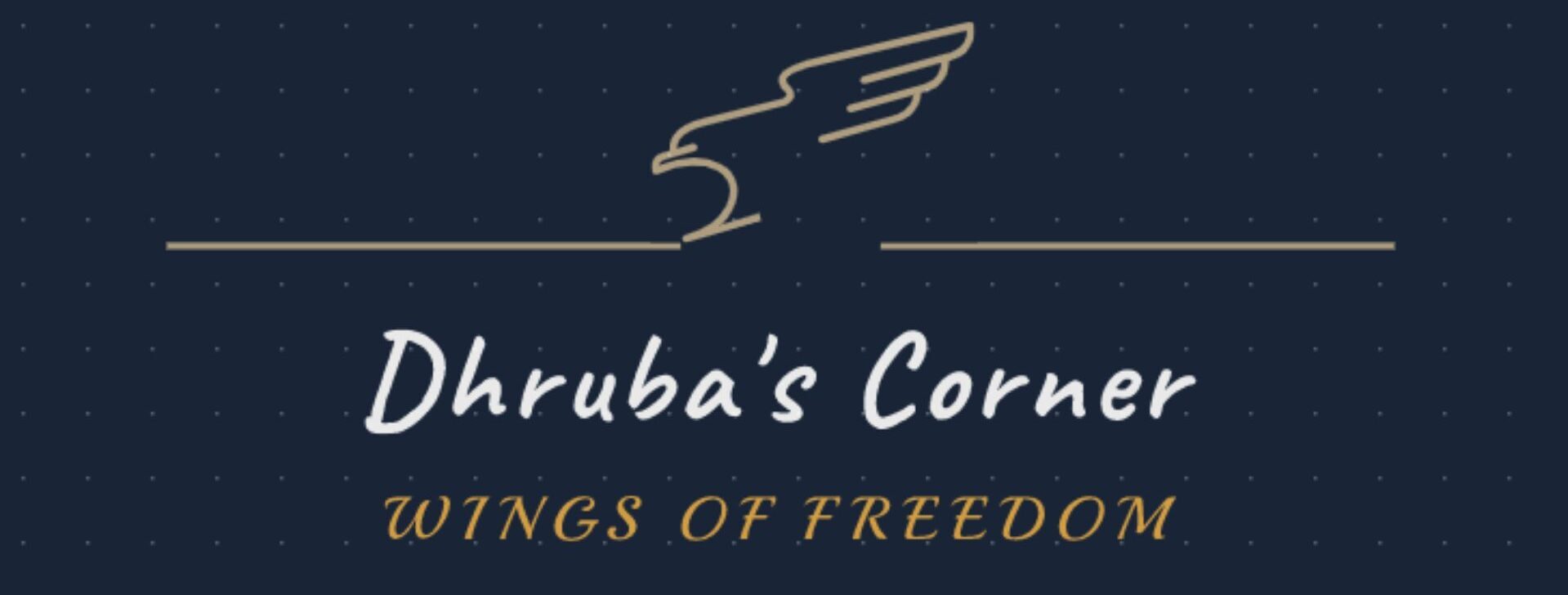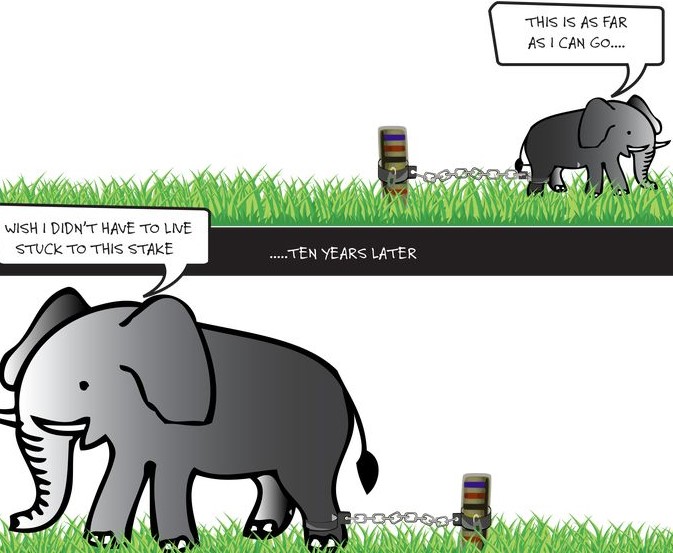Do you know about a child struggling to score in a subject or an acquaintance stuck in an abusive marriage? You may have even seen people trying to help them overcome these challenges, but it seems they are tied to their misfortunes by invisible chains that can’t be broken.

According to psychologists, these are nothing but examples of “learned helplessness”, a theory that was accidentally discovered in 1967 by Martin Seligman and Steven Maier as an outcome of an experiment conducted on a group of dogs. When subjected to random electrical shocks, they noted that the animals never attempted to escape even when they had the chance to do so.
The same hapless behaviour is commonly observed in human beings feeling frustrated and hopeless that they have no control over situations. This helplessness dampens their spirit to try and improve the situation, the inaction primarily stemming from the belief that nothing can be done.
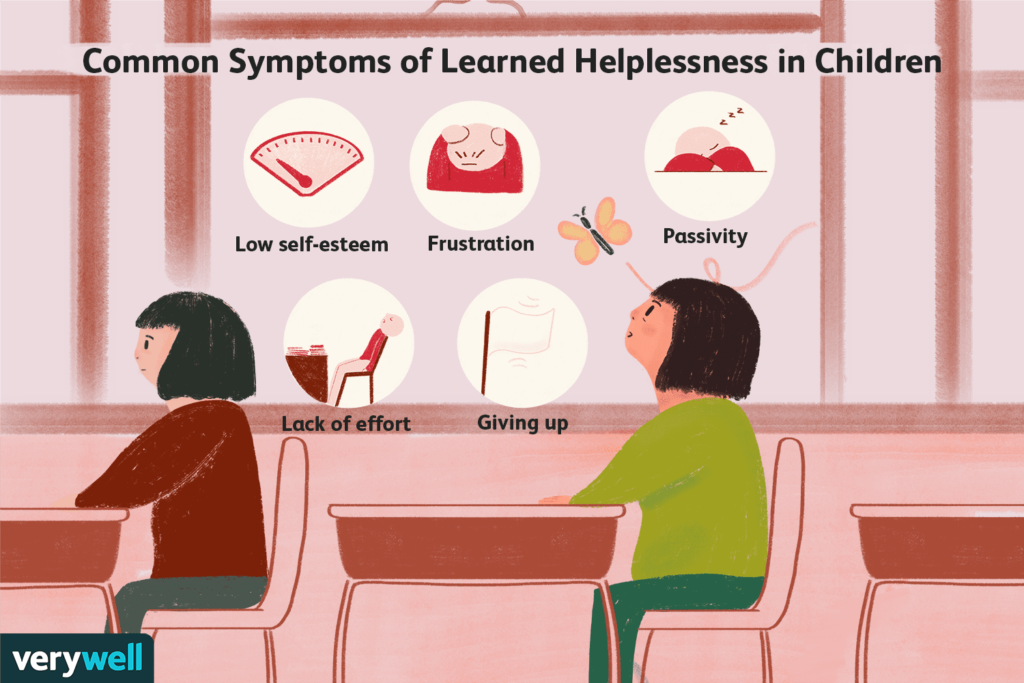
I do agree that not all tides can be turned over but learned helplessness kicks in when we stop trying. In the above example, when a child unable to score well in a subject initially tries and fails, may often start losing confidence. The resulting low self-esteem, left unattended, can impact the child’s performance in other subjects, and eventually, affects the professional life and even personal life.
Considering the far-reaching and devastating effects of learned helplessness, it is worth knowing the underlying causes. Some of them are:
- Childhood neglect
- Domestic violence
- Physical/Mental abuse
- Trauma
- Natural disaster
Each of these factors debilitates our best intentions and endeavours to overcome challenges. In the process, after initial attempts fail, we start believing that the challenges are insurmountable and tend to give up.
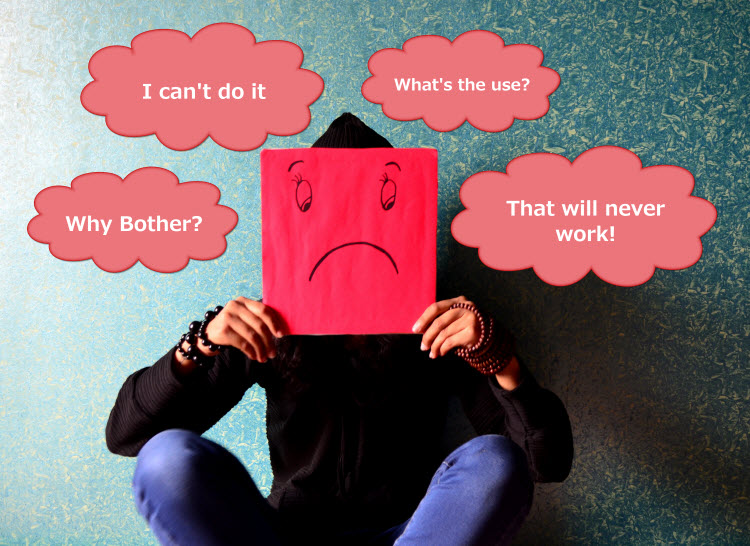
In other words, people falling victim to poor self-esteem, low confidence, frustration, depression, anxiety, addiction, and substance abuse are a manifestation of learned helplessness.
With all these forms of mental disorders being widely rampant around us, the question arises, can we get rid of learned helplessness?
The good news is that we can “unlearn” learned helplessness.
As part of his study, psychologist Martin Seligman observed that there is a percentage of the population, albeit small, who remain immune to learned helplessness.
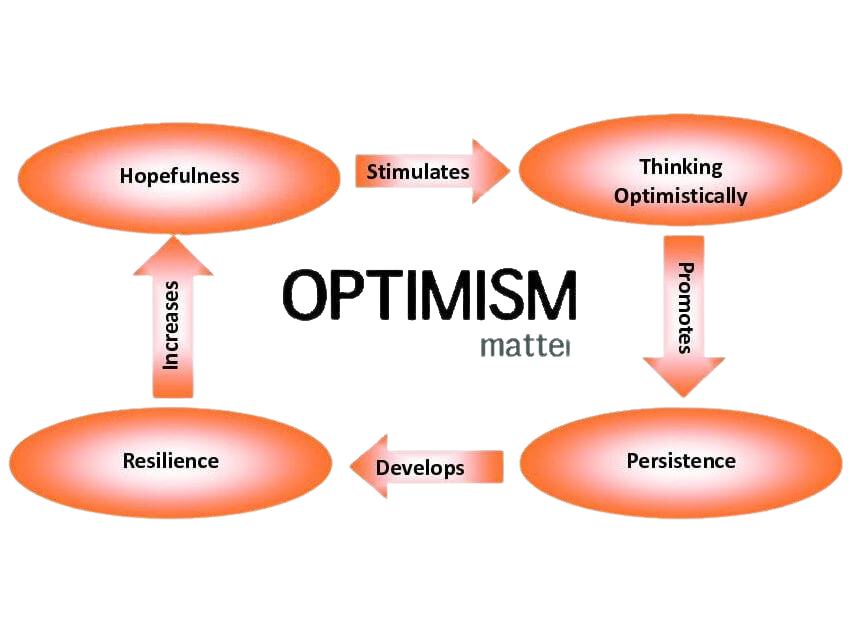
In trying to unravel the secret behind this immunity, Seligman discovered that these people are empowered with learned optimism, wherein they can challenge their own thought processes. Consequently, they are in control of their own behaviours and, hence, can take charge of the outcome of events, instead of being helpless spectators. The best way to build this optimism is to choose an area of interest like cooking, gardening, writing, painting etc. and develop mastery around it. The confidence derived from the skill then permeates to other areas of work and, eventually, other parts of life.

Cognitive behavioural therapy under expert guidance is another means of overcoming the incapacitating effect of learned helplessness. Here, you work with a trained coach to interrupt your thoughts, redirect them, and replace them with new ones.
In summary, the most effective means to overcome learned helplessness is to identify the thoughts weakening you and then consciously work towards replacing them with confident ones. As the saying goes, “Until you take charge of your own life, things don’t happen…”
